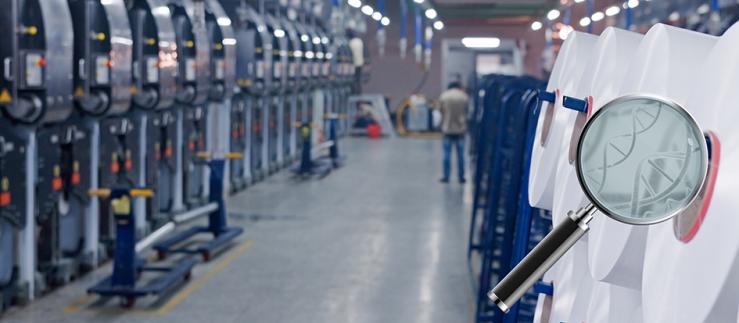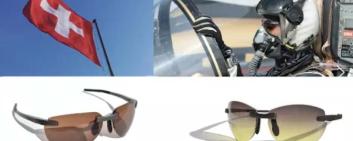The Airbus A310 ZERO-G will start its second flight from Dübendorf military airfield on Saturday. Set to fly over the Mediterranean, it will have the option of a zero gravity state in specific flight zones thanks to special manoeuvres, explained the University of Zurich (UZH), which initiated the Swiss Research Station for Zero Gravity.
To achieve zero gravity, the aircraft will alternate between steep ascents and descents. In each case, gravitational force will be overcome for 22 seconds. During these short phases, different Swiss universities will conduct a variety of experiments.
For example, the UZH will study how human tissue reacts to the lack of oxygen in zero gravity – findings that could help extra-vehicular activity in space. Meanwhile, the Federal Institute of Technology in Zurich (ETH) is to investigate the behaviour of phytoplankton in order to better understand oceanic microorganisms; and chiropractors from Balgrist University Hospital are to investigate functional relationships in the development of diseases of the back.
Also conducting experiments will be Lucerne University of Applied Sciences and Arts, which wants to find out more about the gravitational perception of cells. The start-up company SpacePharma too will test scientific hardware to be used on small satellites.
UZH professor Oliver Ullrich commented: “Thanks to these research missions, Swiss Parabolic Flights, which were initiated by UZH, have taken root in Switzerland.” He added that the combination of research from universities, industrial experiments and private individuals meant that the costs of the flight could be minimised for science.







